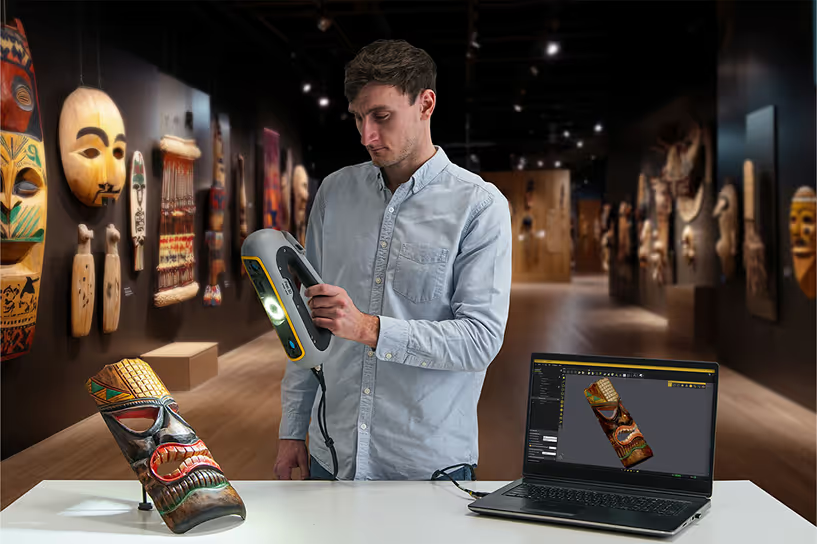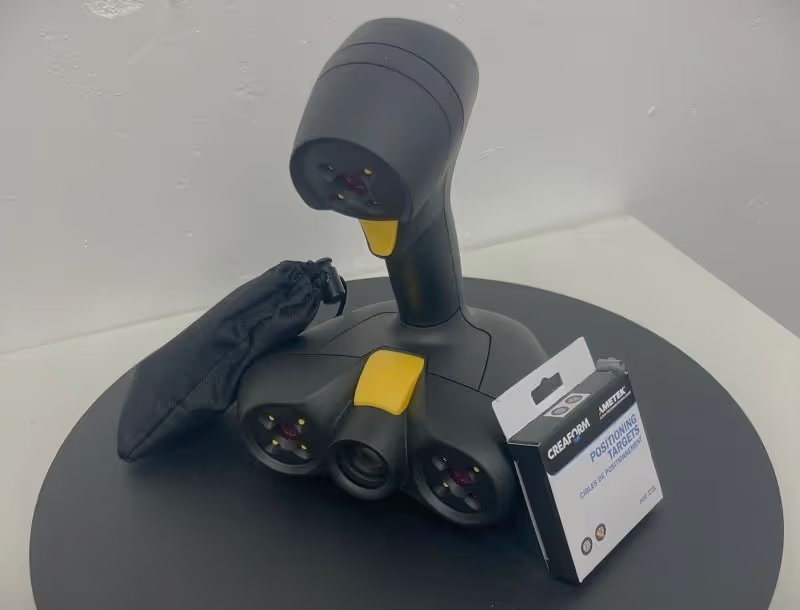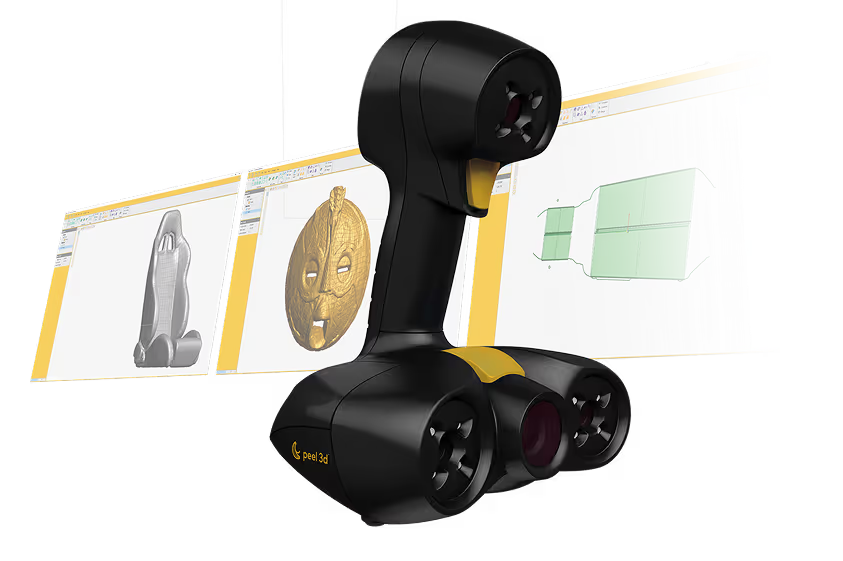3D scan your components and objects using the latest 3D scanning equipment. Once the scan data for a physical object has been processed, parts can be manufactured, and exact replica for you using our 3D printing service, or you can simply use the digital file directly.
Our customers use our 3D scanning services for a broad range of reasons, including inspection and analysis of complex parts, and the reproduction and preservation of rare historical objects.

At Printpool we want to focus on our core mission of making production 3D printing as cost effective and powerful as it can be. That's why we have come to an arrangement with The Space, who will now be handling all of our 3D scanning directly.
From clay sculptures, to complex engineering components, 3D scanning is a great way to bring your designs into the digital world, ready for 3D printing, embedding on a website, and more.
3D scanning won't damage the original part, unless it is very sensitive to light. If you think that your object is sensitive to light, The Space will discuss with you in more detail to see what capture methods will be most suitable. Parts will always be returned back to you unharmed, at the end of the project.


“Vast skillsets... able to adapt and problem solve solutions to all manner of project briefs."”
If approved, we offer 30-day invoice payment terms to business customers, and we will happily accept purchase orders to kick off a new project. Trade accounts are usually limited to customers who have placed at least one order with us previously, and can be suspended if invoices are paid late.
Fill out the form and someone will be in touch shortly.
3D scanning enquiries proceed most quickly if you can attach a photograph of your component/s.